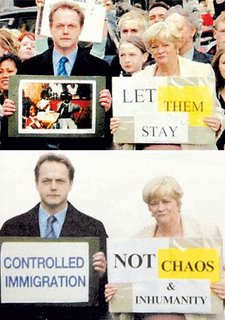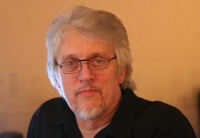
OK, can you spot the difference?
The photo was taken last Saturday by a Reuters freelance, Adnan Hajj, depicting the effect of an Israeli air-strike on a suburb of Beirut. However it appears that the original image (on the right) did not make its point strongly enough and so it was doctored to portray more smoke. What surprises me is that it took Reuters a whole day to decide that the smoke in the image on the left looked unnatural, that the picture should be withdrawn and that no more of Mr Hajj's should be used.
News photos are meant to be snapshots of reality to add authority to the stories. Of course in these digital times, photos are often anything but this. If memory serves me, the Evening Standard had its knuckles rapped by the PCC
 for showing an image of John Prescott in a pub with a bottle of champagne on his table - portraying him as a 'champagne socialist'. In fact the image of the bottle had been superimposed over the bottle of beer that had actually been on the table.
for showing an image of John Prescott in a pub with a bottle of champagne on his table - portraying him as a 'champagne socialist'. In fact the image of the bottle had been superimposed over the bottle of beer that had actually been on the table.The last General Election saw a Tory candidate getting into trouble when his campaign team altered slogans on placards, shown in an image of himself and Ann Widdicombe at a demonstration supporting a Malawi family facing deportation. The words were changed to appeal to the more hard-line Tory vote.
And who can forget the Daily Star's claim that the Pope was a Fulham supporter and published an image of His Holiness wearing a Fulham scarf!
Filed under:
Reuters press photography Middle East Evening Standard PCC Daily Star
war reporting

No comments:
Post a Comment